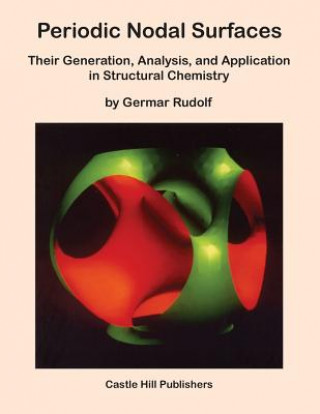
Kod: 12334366
Periodic Nodal Surfaces
Autor Germar Rudolf
Periodic what? This thesis has many illustrations of three-dimensional space dividers of a wide range of symmetries, some simple, some complex, but many of them simply gorgeous to look at. And that is all most people can appreciat ... więcej
- Język:
 Angielski
Angielski - Oprawa: Miękka
- Liczba stron: 184
Wydawca: Castle Hill Publishers, 2015
- Więcej informacji o książce

Zobacz książki o podobnej tematyce
-

Last Of The Breed
41.39 zł -5 % -

We're Alive: A Story of Survival, the First Season
153.25 zł
Powiadomienie o dostępności
Wpisz swój adres e-mail, aby otrzymać od nas powiadomienie,
gdy książka będzie dostępna. Proste, prawda?
Więcej informacji o Periodic Nodal Surfaces
 Opis
Opis
Periodic what? This thesis has many illustrations of three-dimensional space dividers of a wide range of symmetries, some simple, some complex, but many of them simply gorgeous to look at. And that is all most people can appreciate about this thesis. The rest is for a handful of experts, also called crystallography nerds, who look at life from their ivory tower perspective. They might understand what follows. The rest of humanity I ask to please pardon my ranting: Since the early 1970s relationships between the properties of periodic minimal surfaces (PMS) and a variety of phenomena from different disciplines of the natural sciences have been investigated. In the mid 1980s these investigations were expanded to encompass periodic potential surfaces (P0PS) and since the late 1980s also nodal surfaces (PNS). The concept of periodic nodal surfaces is, quite in contrast to both other methods, free of any physical implications and offers a broad variability while constraint by strict symmetry laws. One main focus of this thesis is the complete analysis of characteristic structure factors S(hkl) for the systematic generation of periodic nodal surfaces. This analysis departs from the implicitly known, yet never comprehensively summarized symmetry selection laws of the reciprocal lattice vectors including their phase permutations. In analogy to the characteristic point configurations in real space, the characteristic structure factors S(hkl) of a certain symmetry are deducted for the reciprocal space. Tables are produced for the cubic, hexagonal, and trigonal crystal systems, which list the correlation between symmetry and structure factor type. Also considered are phase shifts caused by shifted origins. Based on these results, numerous periodic nodal surfaces are introduced and analyzed, which have been calculated rather easily with Fourier sums. The analysis of mathematical properties regarding topology and symmetry yields a series of results which have been known from the other methods. Decisive new insights are gained, however, while analyzing the distribution of extrema of the generating Fourier series. They frequently exhibit constant or only slightly varying values along certain lines. Hence, besides the nodes it is particularly these line and line segment graphs which permit a characterization of PNS. Furthermore the surface areas and volumes of partial spaces separated by the surfaces can be determined easily, which is important for special questions of structural chemistry. The exploration of hyperbolic, graphite like networks reveals topological and symmetrical patterns regarding the existence and variability of hypothetical new graphite modifications. This topological excursion into non-Euclidean geometry leads to generally valid relationships between frameworks of chemical compounds and mostly hyperbolic periodic nodal surfaces PNS. The organization of chemical structures by periodic nodal surfaces is investigated, with many examples. It is demonstrated that already a relatively small amount of surface types permits the analysis and - sometimes very detailed - characterization of a broad range of different compounds. In some cases the concept of non-Euclidean layer structures leads to an improved understanding of complicated structures and to the discovery of overlooked details, for instance the layered organization of labyrinth water in faujasite. Several topics are finally listed as suggestions for further research, where the concept of periodic nodal surfaces (PNS) could be applied just as successfully.
 Szczegóły książki
Szczegóły książki
Kategoria Książki po angielsku Mathematics & science Chemistry Physical chemistry
- Pełny tytuł: Periodic Nodal Surfaces
- Podtytuł: Their Generation, Analysis, and Application in Structural Chemistry
- Autor: Germar Rudolf
- Język:
 Angielski
Angielski - Oprawa: Miękka
- Liczba stron: 184
- EAN: 9781591481140
- ISBN: 1591481147
- ID: 12334366
- Wydawca: Castle Hill Publishers
- Waga: 603 g
- Wymiary: 280 × 216 × 12 mm
- Data wydania: 16. August 2015
Ulubione w innej kategorii
-
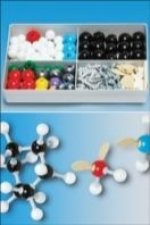
Molymod MMS-072
122.29 zł -
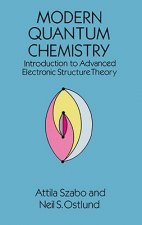
Modern Quantum Chemistry
150.53 zł -1 % -

Schaum's Outline of Physical Chemistry
156.56 zł -2 % -

Schaum's Outline of Thermodynamics with Chemical Application
119.38 zł -3 % -

Principles and Problems in Physical Chemistry for Biochemists
349.32 zł -
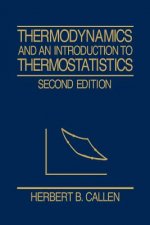
Thermodynamics and an Introduction to Thermostatistics 2e (WSE)
1296.10 zł -
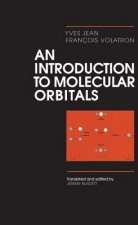
Introduction to Molecular Orbitals
928.08 zł -
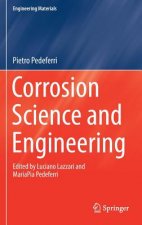
Corrosion Science and Engineering
679.95 zł -
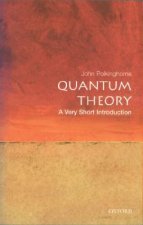
Quantum Theory: A Very Short Introduction
42.60 zł -23 % -
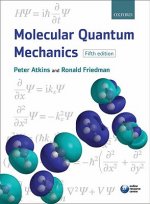
Molecular Quantum Mechanics
391.12 zł -

Catalysis - An Integrated Textbook for Students
423.88 zł -3 % -
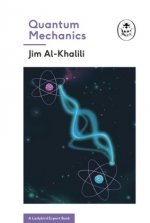
Quantum Mechanics (A Ladybird Expert Book)
38.18 zł -23 % -
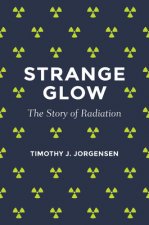
Strange Glow
89.23 zł -4 % -

Elements of Physical Chemistry
301.28 zł -
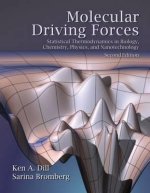
Molecular Driving Forces
806.48 zł -

Student Solutions Manual to Accompany Atkins' Physical Chemistry 11th Edition
376.45 zł -
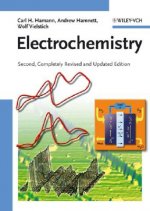
Electrochemistry
429.71 zł -3 % -
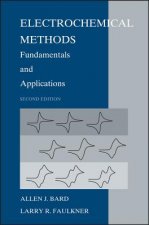
Electrochemical Methods
1498.70 zł -

History and Science of the Manhattan Project
527.30 zł -
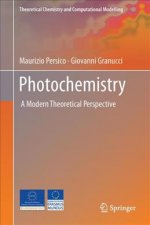
Photochemistry
412.93 zł -8 % -
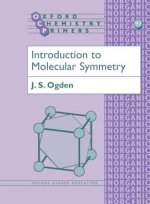
Introduction to Molecular Symmetry
164.90 zł -

Solutions Manual to accompany Elements of Physical Chemistry 7e
240.48 zł -
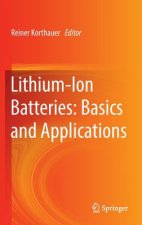
Lithium-Ion Batteries: Basics and Applications
933.90 zł -
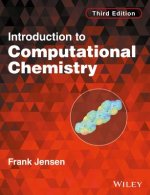
Introduction to Computational Chemistry, 3e
423.68 zł -2 % -

Molecular Modelling for Beginners 2e
428 zł -

Electrochemistry
180.88 zł -

Computational Chemistry
622.87 zł -

Perfumes
476.64 zł -

Chemical Formulation
176.76 zł -

Physical Chemistry
717.44 zł -
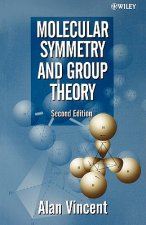
Molecular Symmetry & Group Theory - A Programmed Introduction to Chemical Applications 2e
192.44 zł -3 % -
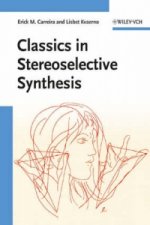
Classics in Stereoselective Synthesis
423.88 zł -3 % -
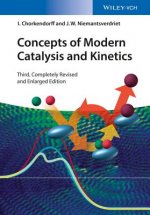
Concepts of Modern Catalysis and Kinetics 3e
475.94 zł -3 % -

Electrochemistry in Ionic Liquids
563.27 zł -
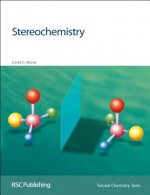
Stereochemistry
113.75 zł -
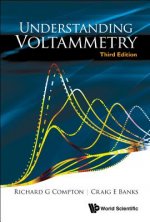
Understanding Voltammetry (Third Edition)
364.39 zł -

History and Science of the Manhattan Project
217.67 zł -

Understanding Advanced Chemistry Through Problem Solving: The Learner's Approach - Volume 2
154.25 zł -
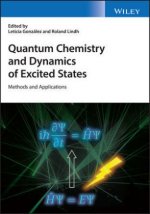
Quantum Chemistry and Dynamics of Excited States - Methods and Applications
1406.44 zł -

Interfacial Electrochemistry
384.49 zł -

Understanding Advanced Chemistry Through Problem Solving: The Learner's Approach - Volume 1
138.68 zł -
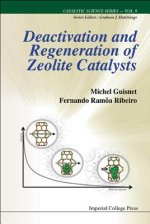
Deactivation And Regeneration Of Zeolite Catalysts
506.19 zł -
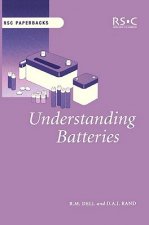
Understanding Batteries
205.81 zł -

Stereochemistry - Workbook
234.65 zł -

Thermodynamics for Chemists, Physicists and Engineers
349.52 zł -
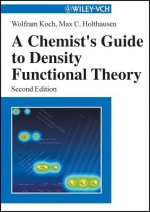
Chemist's Guide to Density Functional Theory 2e
475.94 zł -3 % -
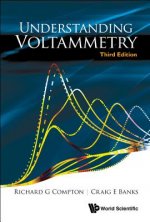
Understanding Voltammetry (Third Edition)
679.55 zł -
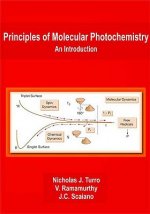
Principles of Molecular Photochemistry: An Introduction
680.05 zł -

Electroanalytical Chemistry
836.22 zł
zadowolonych klientów
Od roku 2008 obsłużyliśmy wielu miłośników książek, ale dla nas każdy był tym wyjątkowym.
Copyright! ©2008-24 libristo.pl Wszelkie prawa zastrzeżonePrywatnieCookies



 21 milionów książek
21 milionów książek Dostawa 10.99 zł
Dostawa 10.99 zł (32) 444 93 66 (8-15.30h)
(32) 444 93 66 (8-15.30h)